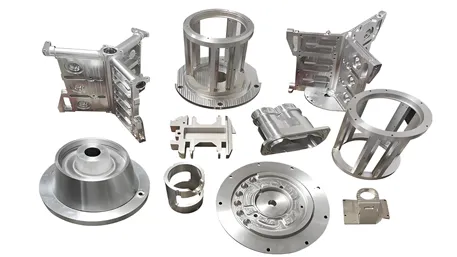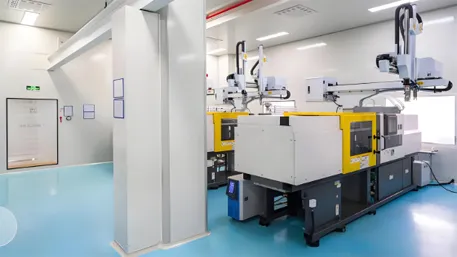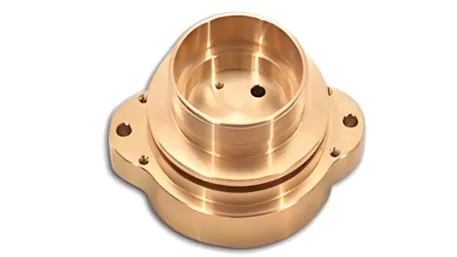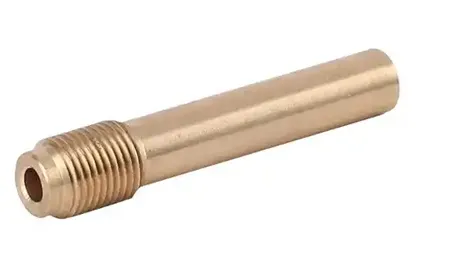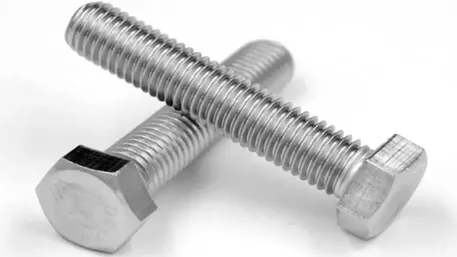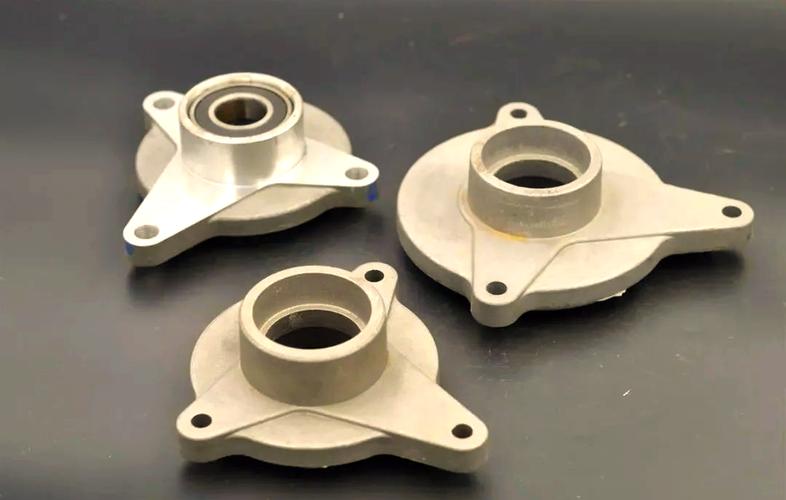Polypropylene is a translucent thermoplastic characterized by low density, high strength, good insulation and low water absorption. It has a high melting point, with injection temperatures typically between 200 and 300°C, which allows polypropylene injection molded parts to maintain stable performance even in high-temperature environments. In addition, polypropylene has good chemical resistance to a wide range of chemicals and solvents, which extends the service life of the product.
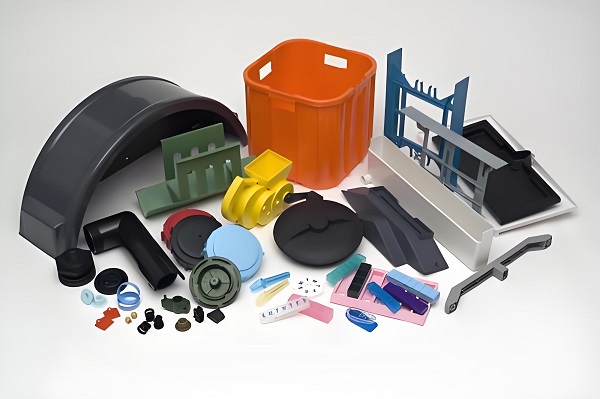
1. Introduction to Xiamen Goldcattle’s polypropylene injection molded parts manufacturing process
Raw material preparation
Material Selection: Select the appropriate polypropylene pellets as the raw material according to the performance requirements of the product. Pure PP is translucent ivory white and can be dyed in various colors. For products for outdoor use, fillers such as UV stabilizers and carbon black may also need to be added to enhance weather resistance.
Pretreatment: Although PP generally does not require special drying treatment before injection molding, drying treatment helps to improve product quality. Pretreatment also includes the necessary sieving of the raw material to remove impurities and water to ensure the purity and uniformity of the raw material.
Heating and melting: The pre-treated polypropylene granules are fed into the hopper of the injection molding machine, where they are melted into a plastic melt by the rotating and heating action of the screw.
High Pressure Injection: The molten polypropylene plastic is injected into the mold at high pressure under the control of the injection molding machine. This process requires control of injection pressure, temperature, speed and other parameters to ensure that the plastic fills the mold uniformly and quickly, and to avoid bubbles, shrinkage and other defects.
Cooling and curing: The molten polypropylene is cooled and cured in the mold to form the part. The cooling process requires temperature and time control to ensure dimensional accuracy and internal structural stability of the part.
Mold Design
Mold design is a critical part of the injection molding process. The design of the mold needs to take into account the shape, size, wall thickness, shrinkage and other factors to ensure that the injection molded part meets the design requirements. At the same time, the mold also needs to have good venting to avoid defects such as air bubbles in the injection molding process.
Post-processing
After injection molding, the parts may need some post-treatment processes, such as deburring, grinding, polishing, etc., in order to improve the surface quality and dimensional accuracy of the parts. For some special requirements of the parts, also need to carry out heat treatment, spraying and other surface treatment processes.
Quality control
Quality control is a very important part in the production process of polypropylene injection molded parts. Through strict quality inspection means, such as dimensional measurement, appearance inspection, performance testing, etc., it can ensure that the quality of the parts meets the design requirements. At the same time, it is also necessary to establish a perfect quality record system to realize the traceability of the production process.
2. Polypropylene injection molding parts characteristics
Material Characteristics
Density: The density of polypropylene is low, usually 0.90~0.91g/cm³, which makes the injection molded parts have a light weight and good economy.
Melting point: The melting point of polypropylene ranges from 160 to 175°C, which is an important temperature parameter to focus on during injection molding.
Thermal conductivity: The thermal conductivity of polypropylene ranges from 0.14 to 0.24 W/m*K. This characteristic has an important influence on the cooling rate and temperature distribution of injection molded parts.
Resistivity: The reference resistivity of polypropylene is approximately 10^16 Ω-cm at 25°C, which makes it important in the manufacture of electronic and electrical components.
Refractive index: The refractive index of polypropylene typically ranges from 1.44 to 1.49, a property that is particularly important in optical applications.
Mechanical Properties
Tensile Yield Strength: The tensile yield strength of polypropylene injection molded parts varies depending on the specific grade and application, but is generally high enough to withstand certain mechanical stresses.
Flexural modulus: indicates the stiffness of a material in bending. The high flexural modulus of polypropylene injection molded parts means that they are not easily deformed when subjected to bending forces.
Impact Strength: Polypropylene injection molded parts typically have good impact strength, which maintains structural integrity when subjected to impact.
Hardness: The hardness of polypropylene generally ranges from 50 to 110, depending on the manufacturing process and processing method. The higher the hardness, the greater the part’s ability to resist deformation.
Processability
Melt Flow Index (MFI): An important indicator of the fluidity of polypropylene. Different grades of polypropylene have different MFI’s, which affects filling speed and molding quality during the injection molding process.
Injection Temperature: Usually between 200 and 300°C, depending on the grade of polypropylene and the performance of the injection molding machine.
Mold temperature: Mold temperature has an important effect on the cooling rate and dimensional stability of the injection molded parts, which needs to be adjusted according to the requirements of specific parts.
3. Polypropylene injection molded parts application areas
Small appliances
Polypropylene injection molded parts are widely used in the field of small appliances. Polypropylene is used in a large number of small appliances for the manufacture of housings, internal parts and accessories due to its good insulation, heat resistance and chemical resistance. For example, rice cookers, kettles, vacuum cleaners, and other small appliances often use polypropylene injection molded parts for their housings and internal components to ensure product safety and durability.
Household Goods
Polypropylene injection molded parts are also commonly used in household goods. Due to the low cost, easy processing, and good mechanical properties and wear resistance, polypropylene is widely used in the manufacture of a variety of daily necessities, such as plastic cups, plastic bowls, plastic pots, plastic buckets and so on. These products not only have good performance, but also the price is friendly, loved by consumers.
Toys
Polypropylene injection molded parts also play an important role in toy manufacturing. Polypropylene material is non-toxic, odorless and non-irritating, which meets the safety standards for toy manufacturing. At the same time, polypropylene injection molded parts have good molding and dimensional stability, and can be manufactured in a variety of complex shapes and brightly colored toy products. These toys are not only safe and environmentally friendly, but also have good durability and playability.
Washing Machines
In the field of washing machines, polypropylene injection-molded parts are mainly used to manufacture components such as inner drums, spinning drums and housings of washing machines. The polypropylene material has good abrasion and corrosion resistance, and can withstand the friction and impact generated by the washing machine during operation. At the same time, polypropylene injection molded parts also have good sealing performance and water resistance, which can ensure the stability and safety of the washing machine in the process of use.
Automotive Parts
As the automotive industry continues to grow, polypropylene injection molded parts are becoming more and more widely used in the automotive parts field. Polypropylene material has the characteristics of light weight, high strength, corrosion resistance, etc., which can produce a variety of automotive parts and accessories, such as bumpers, instrument panels, door panels, the central channel, trim panels, luggage compartments and so on. These spare parts not only reduce the weight of the car and improve fuel economy, but also have good safety and durability.
Other Fields
In addition to the above fields, polypropylene injection molded parts are also widely used in various fields such as construction, medical and packaging. In the construction field, polypropylene injection molded parts can be used to manufacture a variety of pipes, valves and fittings; in the medical field, polypropylene injection molded parts can be used for the manufacture of medical devices, pharmaceutical packaging, etc.; in the field of packaging, polypropylene injection molded parts are widely used in the manufacture of a variety of food packaging, pharmaceutical packaging, and daily necessities packaging.
Customized Polypropylene Injection Molded Parts FAQ
Is the material environmentally friendly?
Yes, the polypropylene material itself is environmentally friendly. Polypropylene (PP) is a thermoplastic that is non-toxic, odorless, and non-irritating, which makes it environmentally friendly. When customizing polypropylene injection molded parts, you can choose environmentally certified raw materials to ensure that the entire production process meets environmental standards. In addition, polypropylene materials can be recycled and reused, helping to reduce environmental pollution.
What is the quality of the product?
Xiamen Goldcattle polypropylene injection molded parts are of high quality. The raw materials are selected from high quality and stable polypropylene. The advanced injection molding equipment and mature process can ensure the dimensional accuracy, surface quality and physical properties of the products. In addition, we have detailed quality control standards and testing programs to ensure that the quality of the final product meets expectations.
What is the lead time for customization?
The lead time for custom polypropylene injection molded parts varies depending on specific needs. Generally 7 days – 15 days, the custom cycle includes multiple stages including design, mold making, injection molding production and post-processing. Design time depends on the complexity of the product and the efficiency of the designer; mold making time is related to the complexity of the mold and the production capacity of the manufacturing plant; and injection molding production and post-processing time is affected by factors such as production lot sizes, equipment capacity, and production schedules.
What are the starting quantities?
Xiamen Goldcattle polypropylene injection molded parts start at 1 piece.
Do you offer customization?
Yes, Xiamen Goldcattle polypropylene injection molded parts can be customized. The injection molding process is highly flexible and malleable, and can be customized in different shapes, sizes, colors and functions according to customers’ needs. During the customization process, customers can communicate with us about their specific needs, including product design, material selection, and production process, to ensure that the final product meets their individual requirements.
How much does customization cost?
The price of custom polypropylene injection molded parts varies depending on a number of factors. Prices are affected by a variety of factors such as raw material costs, mold costs, complexity of the production process, production batch size, and lead time. Therefore, it is not possible to give an exact price. Before customizing, it is recommended to conduct a detailed inquiry and quotation negotiation to understand the specific price components and incentives.

